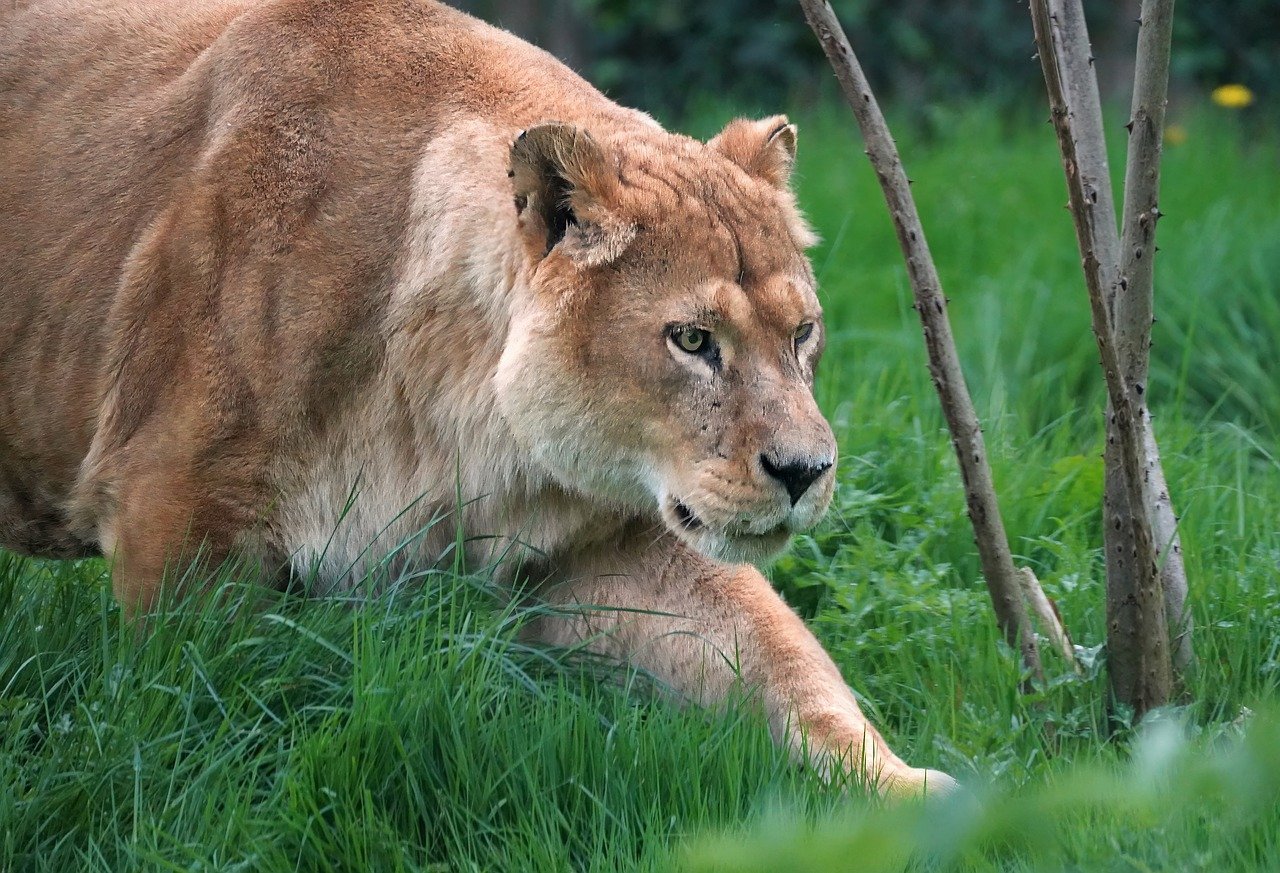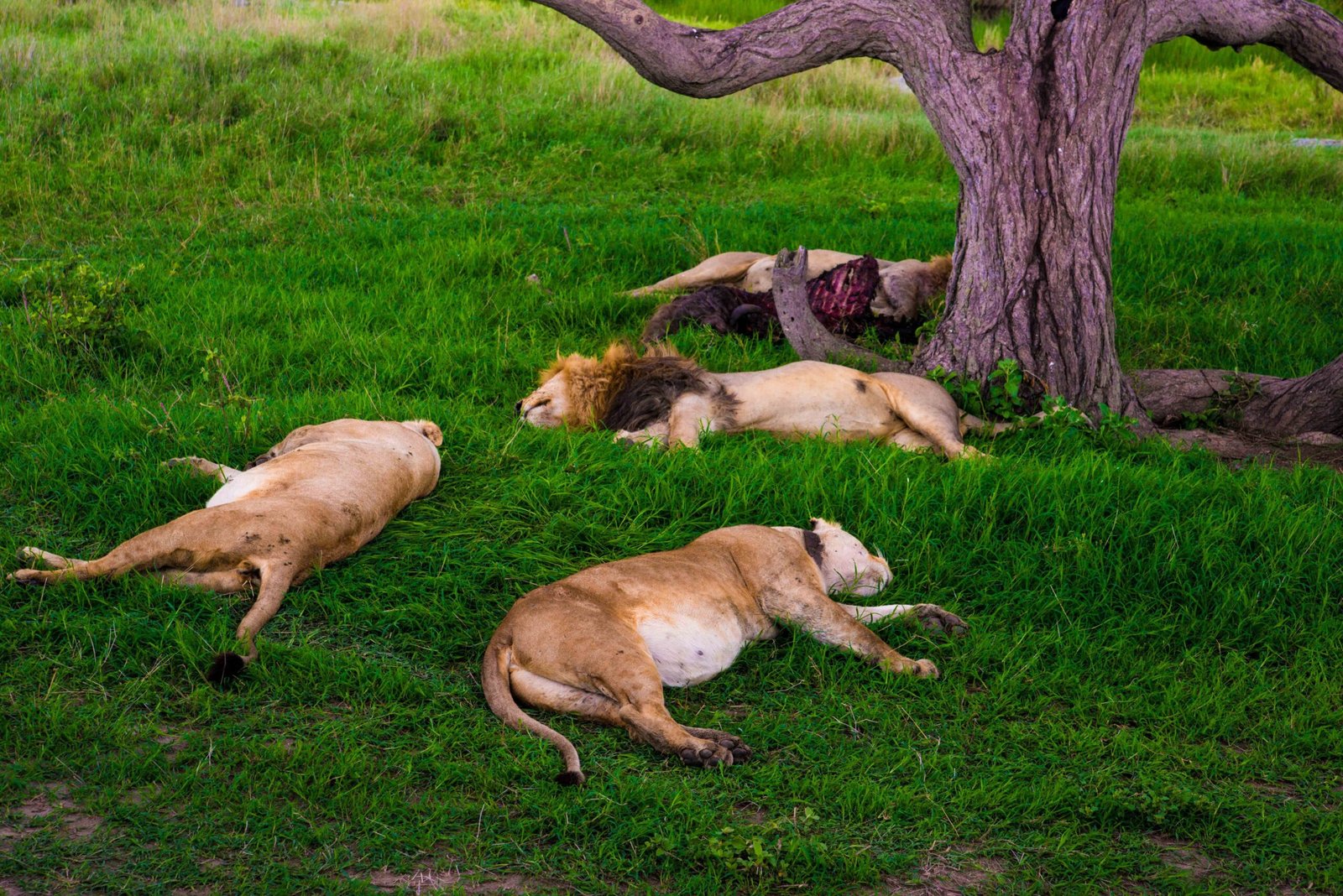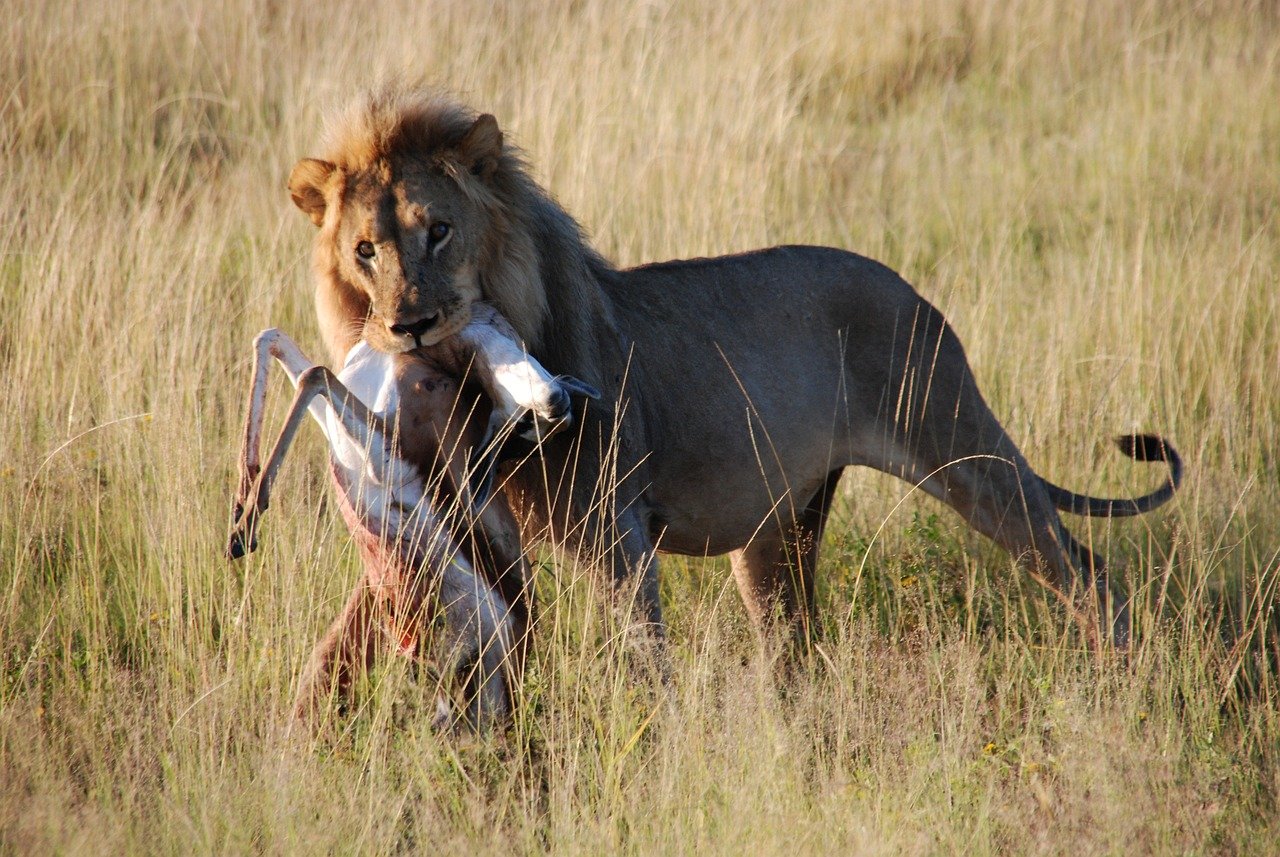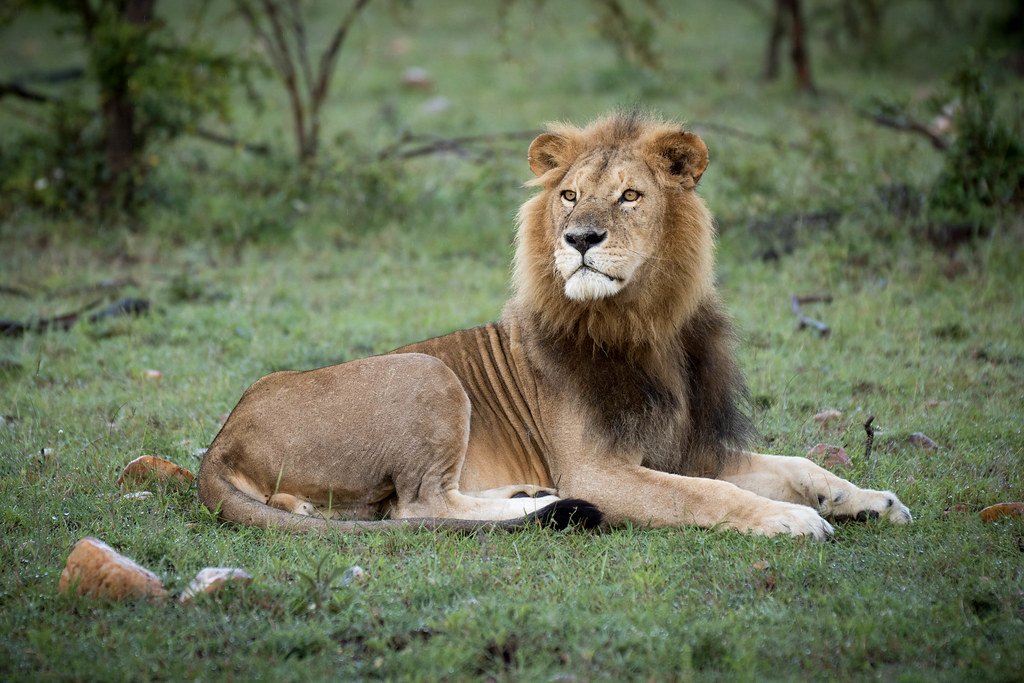The Frozen Moment of Calculation

In the wild savanna, a lioness crouches low, her golden eyes locked on an unsuspecting gazelle. Her muscles are coiled like springs, ready to explode into motion, yet she remains perfectly still. This isn’t hesitation—it’s precision.
That pause before the attack is pure evolutionary genius. Lions don’t charge blindly like bulls in a china shop. They calculate distance, wind direction, and the perfect moment when their prey drops its guard. It’s a split-second computer running thousands of calculations.
Reading the Wind Like a Weather Forecast

Watch a lion’s nose twitch before an attack, and you’re witnessing nature’s most sophisticated scent analysis. Lions can detect prey from over a mile away, but they also use wind patterns to mask their approach. A slight breeze in the wrong direction could blow their cover entirely.
The pause allows them to assess whether the wind is their ally or enemy. Smart hunters know that patience beats speed every time. They’ll wait for the perfect gust to carry their scent away from their target.
The Art of Distance Measurement

Lions are surprisingly good at math—specifically, calculating the optimal striking distance. Too far, and they’ll exhaust themselves in a futile chase. Too close, and they risk being detected before they can pounce.
That momentary stillness is their internal GPS working overtime. They’re measuring not just the distance to their prey, but also plotting the exact trajectory for maximum impact. It’s like a quarterback calculating the perfect throw, except the stakes are life and death.
Energy Conservation in Action

Here’s something that might surprise you: lions are actually pretty lazy. They sleep up to 20 hours a day, and when they do hunt, they want to make it count. That pre-attack pause is partly about conserving energy for the burst of speed that follows.
A lion’s sprint can reach 50 mph, but only for short distances. They’re like sports cars—incredible acceleration, terrible fuel economy. Every second of that pause is a strategic decision about whether the hunt is worth the massive energy expenditure.
The Prey’s Behavioral Patterns

Lions are students of behavior, constantly studying their prey’s movements and habits. During that pause, they’re reading body language like a poker player reads tells. Is the zebra relaxed and grazing, or alert and ready to bolt?
They know that prey animals have routines—moments when they’re most vulnerable. The pause allows them to identify these windows of opportunity. It’s not just hunting; it’s behavioral psychology in action.
Coordinating with the Pride

When lions hunt in groups, that pause becomes even more critical. It’s their silent communication moment—eyes meeting across the savanna, heads nodding almost imperceptibly. They’re synchronizing their attack like a perfectly choreographed dance.
Each lion knows their role in the hunt. The pause ensures everyone is in position before the chaos begins. It’s teamwork at its most primal and effective level.
The Ambush Predator’s Advantage

Unlike persistence hunters that wear down their prey over long distances, lions are ambush specialists. They rely on the element of surprise, which makes timing absolutely crucial. That pause is the difference between a successful hunt and going hungry.
They’re waiting for the perfect moment when their prey is distracted—maybe drinking water or focused on grazing. The pause allows them to identify and exploit these moments of vulnerability.
Adrenaline and Instinct Alignment

Inside that motionless lion, adrenaline is surging through every muscle fiber. But raw instinct must align with calculated strategy. The pause is when these two forces—primal drive and intelligent planning—find their perfect balance.
It’s like a Formula One driver at the starting line, engine revving, waiting for the green light. Every system is primed and ready, but discipline keeps them from jumping the gun.
Environmental Awareness Check

Lions pause to scan their entire environment, not just their target. They’re checking for competing predators, escape routes, and potential obstacles. A successful hunt requires understanding the entire landscape, not just the prey.
This environmental assessment happens in milliseconds but can mean the difference between success and failure. They’re considering factors we might never even notice—ground texture, available cover, even the time of day.
The Psychological Game

Sometimes, lions pause simply to psych out their prey. They understand that being watched creates stress and panic in their targets. A prolonged stare can cause prey animals to make mistakes—stumbling, running in the wrong direction, or freezing up entirely.
It’s a mind game as much as a physical hunt. The pause becomes a weapon of psychological warfare, turning the hunter’s patience into the prey’s nightmare.
Split-Second Decision Making

In that brief pause, lions are making dozens of micro-decisions. Attack now or wait? Go for the closest target or the most vulnerable one? Charge straight or circle around? Each choice could determine the outcome of the hunt.
Their brains are processing information at lightning speed, weighing options like a computer running complex algorithms. The pause gives them time to choose the best possible strategy.
The Hunt’s Success Rate

Here’s a reality check: lions only succeed in about 20-30% of their hunts. Those odds make every pause even more significant. They can’t afford to waste opportunities on poorly planned attacks.
That momentary stillness is their insurance policy against failure. Better to pause and strike with precision than to rush and go hungry for another day.
Muscle Memory and Training

Young lions learn the importance of the pause through years of practice and observation. They watch their mothers and pride members, studying the subtle art of timing. It’s not just instinct—it’s learned behavior passed down through generations.
The pause becomes muscle memory, an automatic response that kicks in whenever they’re in hunting mode. It’s like a musician’s practiced pause before a difficult passage, ensuring everything is perfectly aligned.
The Strike That Follows

When the pause ends, the explosion of movement is breathtaking. Lions can accelerate from zero to 50 mph in just a few seconds, covering ground at an incredible rate. All that stored energy and calculation releases in one devastating burst.
The contrast between the stillness and the sudden violence is what makes lions such effective predators. They’re nature’s perfect example of controlled power unleashed at precisely the right moment.
Conclusion: Nature’s Perfect Timing

The next time you watch a nature documentary and see a lion pause before attacking, remember you’re witnessing millions of years of evolution in action. That split-second hesitation contains more strategic thinking than most humans apply to their daily decisions.
Lions teach us that sometimes the most powerful action is knowing when not to act. In a world that values speed and instant gratification, maybe we could learn something from their patient approach to achieving goals.
What would happen if we applied that same level of calculation and patience to our own challenges?

Linnea is a born and bred Swede but spends as much time as possible in Cape Town, South Africa. This is mainly due to Cape Town’s extraordinary scenery, wildlife, and atmosphere (in other words, because Cape Town is heaven on earth.) That being said, Sweden’s majestic forests forever hold a special place in her heart. Linnea spends as much time as she can close to the ocean collecting sea shells or in the park admiring puppies.





